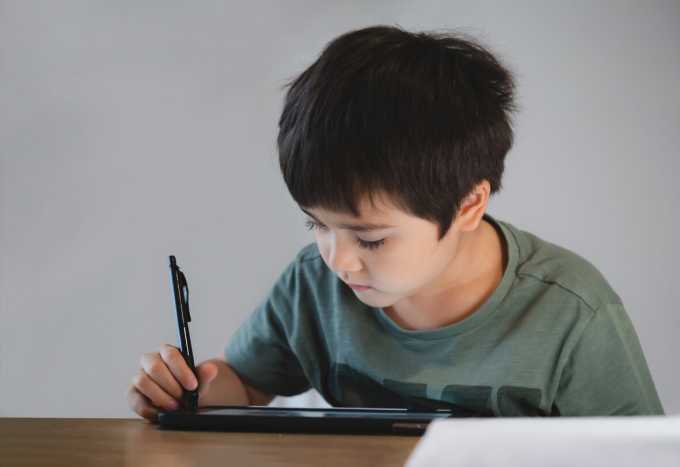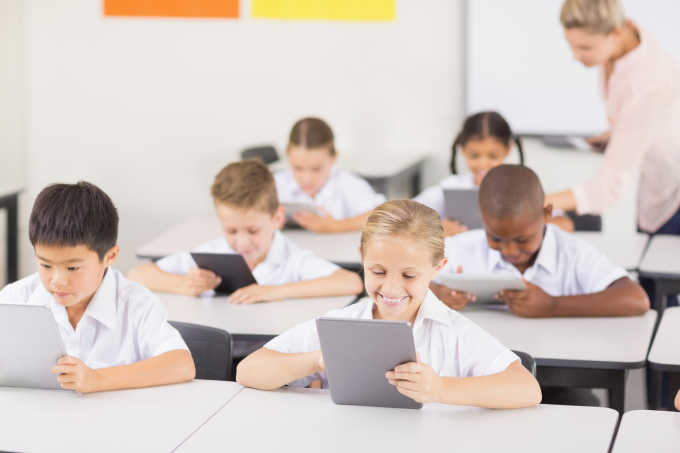Special education students often have one or a combination of learning styles and abilities, however not all classrooms have a wide variety of educational tools and learning materials available. Some of the so-called “old-fashioned” tools (like highlighters, pencil grips, or timers) just don’t make the cut. Students who have either a learning disability or physical disability are often unable to adapt to the regular classroom and/or find little benefit from traditional special education accommodations.
How technology helps to Special education students?
The common, traditional classroom model of lecturing, note-taking, and completing worksheets causes problems for many students. Within this model, those with learning disabilities or speech/language impairments may find difficulty writing down what they hear, struggle with poor handwriting, or find that they simply cannot keep up with the pace of the class.
Modern technology devices, such as computers, tablets, software, and games allow students to approach lessons differently. These devices cater to a variety of learning styles and abilities. Students who struggle in the traditional classroom may find their education to be more productive with the aid of technology. For example, a student can read along while listening to an audio version of a text on a tablet. A student with dyslexia may benefit from text-audio-matching exercises. Or a child who has difficulty holding a pencil may find typing on a computer or tablet to be an easier alternative.
Many of these devices allow for personalization, so even simple things like adjusting the size of the text or the volume level can make a difference. Educational software, games, and applications make the learning process interactive by engaging students through videos, music, audio text, and physical coordination activities like pressing buttons or choosing options, which is especially beneficial for kinesthetic learners. Personalized and independent lessons on a device can also decrease stress and anxiety.

Collaborative Learning for Special Education
Collaboration is another benefit of incorporating technology into the classroom. Activities can be shared or completed together, while educators can integrate multimedia into their lessons or assignments. Similarly, students with speech or language impairments can alternatively use text-to-speech options when making class presentations. These tools, when used within the classroom, often eliminate the need to separate special education students from their peers. Instead, they can work alongside their classmates and complete the same curriculum concurrently. This, of course, leads to greater social inclusion, positive self-esteem, and confidence. It also allows some special education students to be assessed along with their peers.
The Fine Print
The unfortunate downside to using technology in the classroom is the expense and training involved. Devices are costly, and they, along with their softwares and games, are constantly being upgraded. Plus, not all educators are tech-savvy and will require training for how to use a device and evaluate a student’s success with it. Therefore, it may take some lobbying on the part of parents and communities to set aside funding for technology in schools. And, as children are increasingly technologically adept, teachers and parents can find creative ways to turn their own devices into powerful educational tools.
Sources
- Technology in Education: https://degree.utpb.edu/articles/education/technology-in-special-education.aspx
- Education and Technology:




